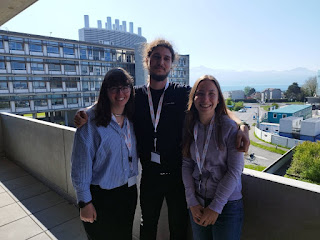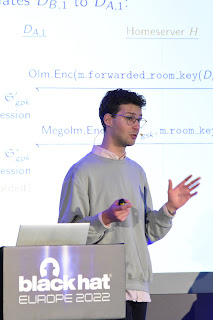EuroSys 2023 Conference Trip: Giuseppe Raffa

I have recently travelled to Rome, where I had the opportunity to present the paper AWSomePy: A Dataset and Characterization of Serverless Applications at one of the workshops of the EuroSys 2023 conference. It has certainly been a positive experience, despite the odd feeling of being – for the first time ever – in my home country for work! The 1st SESAME workshop touched several aspects of Serverless Computing, my area of study, and it was very interesting, despite not having a focus on security. The organization of the event was very good, and I must say that I have particularly appreciated that the proceedings were published online on the day of the workshop, without having to wait for weeks. My talk, which described the characterization work recently done with my supervisory team on the new dataset AWSomePy , was rightly included in the session Understand What You Optimize, and went reasonably well. I had a couple of questions, which gave me food for thoughts and – at the same t


